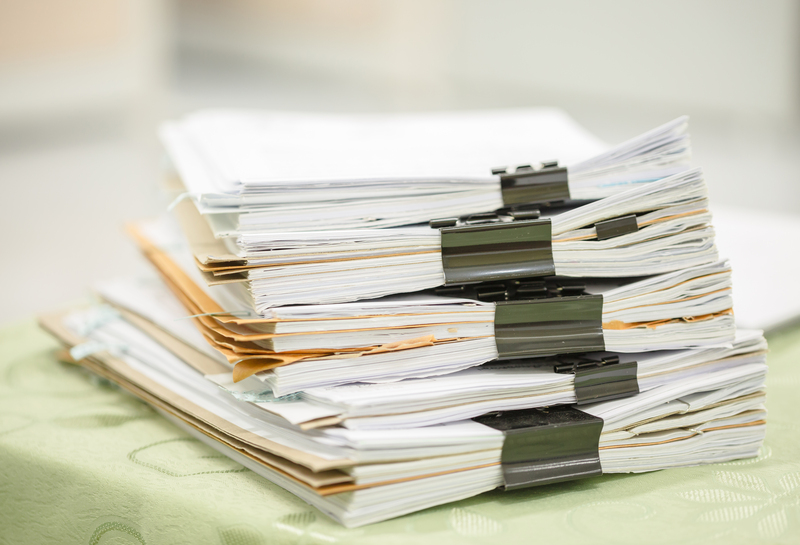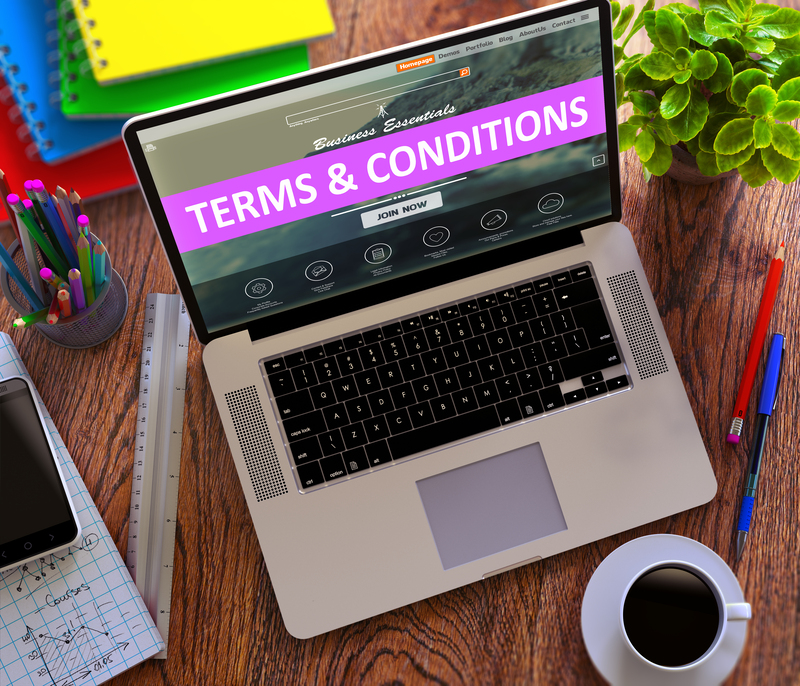Safety First: Avoid the Perils of Solo Piano Moving
Posted on 21/05/2025
Safety First: Avoid the Perils of Solo Piano Moving
Moving a piano without professional assistance might seem feasible, but it's an endeavor fraught with hazards and risks for both the instrument and the mover. In this in-depth article, we highlight why solo piano moving is perilous, offer essential safety tips, and explain why hiring professionals is the best course of action.
Understanding the Challenges and Dangers of Moving a Piano Alone
Pianos are among the heaviest and most delicate household items. Whether it's a grand, upright, or baby grand, these instruments possess unique weights, sizes, and internal complexity. Attempting piano moving solo may compromise your safety and the well-being of your piano.
- Weight: Pianos often weigh between 300 and over 1,000 pounds.
- Size: Their bulky and irregular shape makes them difficult to grip and maneuver.
- Delicacy: Internal strings, hammers, and soundboards are sensitive and easily damaged by bumps or vibration.
Common Risks Associated with Solo Piano Moving
- Physical Injury: Heavy lifting can cause back, shoulder, or knee injuries.
- Piano Damage: Uneven lifting or dropping can crack the frame or harm internal components.
- Property Damage: Floors, walls, and stairs may get scratched, gouged, or dented.
- Loss of Tuning: Improper moving angles can knock your piano out of tune or even cause irreparable damage.

Why Pianos Are Especially Difficult to Move
The complex structure of a piano differentiates it from other heavy furniture. Each piano type poses unique challenges:
- Upright pianos: Tall and top-heavy, making them prone to tipping.
- Baby grand and grand pianos: Wide footprints require disassembly and careful reassembly.
Their polished surfaces are painstakingly finished and susceptible to scratches with minor mishandling. Moreover, the harp--the cast-iron plate inside--carries tremendous tension, so a sudden jolt can cause catastrophic internal harm.
Essential Safety Equipment for Piano Moving
Considering a DIY move? Don't skip these critical safety items:
- Professional Piano Dolly: Specifically designed to support the piano's weight and size.
- Heavy-Duty Lifting Straps: Distribute the load and reduce strain on your back.
- Thick Moving Blankets: Protect the piano's finish from dings and scratches.
- Work Gloves: Safeguard your grip and protect your hands from splinters or sharp edges.
- Ramps: Necessary for stairs or loading into a vehicle.
- Non-Slip Footwear: Prevents dangerous slips when lifting or carrying heavy loads.
Attempting to move a piano without all of these tools is not only ill-advised--it's perilous.
The Hidden Costs of DIY Piano Moving
Many homeowners try to move a piano by themselves to save money. Yet, the potential costs of injuries and instrument repair can easily >exceed professional movers' fees.
- Medical Expenses: Back strains, sprains, and broken bones are common outcomes of improper lifting techniques.
- Repair Bills: Replacing broken pedals, cracked wood, or damaged strings can cost hundreds to thousands of dollars.
- Insurance Gaps: Most homeowner's policies won't cover DIY accidents and damages during transport.
- Loss of Value: Permanent damage diminishes resale and sentimental value.
Piano Moving Safety Tips: How to Minimize Risks
If hiring professionals is impossible and friends are helping, follow these critical safety measures for piano relocation:
- Plan the Route Thoroughly
Measure all doorways, hallways, and stairs. Remove rugs, doors, or obstructions before attempting the move. - Disassemble When Possible
Remove legs, pedals, and music stands as recommended by the manufacturer, keeping all hardware organized. - Use Proper Lifting Techniques
Always bend at your knees--not your waist. Keep your back straight and lift with your legs to avoid injury. - Work as a Team
Never attempt to move a piano by yourself; always have at least three or more strong helpers. - Keep the Piano Upright
Never tilt or lay a piano on its back or sides, which may damage sensitive interiors. - Move Slowly and Communicate
Plan every movement. Use clear communication and signals among helpers. - Secure for Transport
In a moving truck, ensure the piano is tightly fastened to prevent shifts in transit. - Consider Your Health and Experience
If you have health issues, physical limitations, or lack experience, do not attempt this task alone.
The Importance of Professional Piano Movers
No matter how well-prepared, attempting solo piano moving is never fully risk-free. Professional piano movers offer several benefits:
- Expertise: Years of experience handling all types of pianos and moving obstacles.
- Specialized Equipment: Heavy-duty dollies, lifts, ramps, and padding.
- Insurance Coverage: Protection for your piano and the property during the move.
- Peace of Mind: Assurance that your valuable instrument is in safe hands.
While hiring professional movers has a cost, it's minimal compared to the potential expenses and trauma of a failed DIY attempt.
Frequently Asked Questions about Safe Piano Transport
- Can one person move a piano?
Absolutely not. Piano moving alone is extremely hazardous and can lead to serious injury or irreparable damage to the piano. - How many people does it take to move a piano safely?
At least three to five strong, experienced people are recommended for most upright pianos. Grand pianos may require more. - Is it ever safe to move a piano without professionals?
It's only advisable for small, light keyboard instruments. For full-sized pianos, always consult professional piano movers. - What should I do if my piano is damaged during a move?
Contact a qualified piano technician immediately to assess and repair any internal or external damage.

Case Studies: Real Stories of DIY Piano Moving Gone Wrong
- John from Arizona: Attempted to move his grandmother's upright down a flight of stairs with a friend--lost control, resulting in a broken leg and a cracked soundboard. The repair costs exceeded $2,500, not including medical bills.
- The Lee Family: Tried sliding a baby grand through their living room without proper padding. The polished surface suffered deep scratches, and a pedal snapped off, requiring multiple repairs.
- Maria in Boston: Rented a truck to move an inherited grand piano, but failed to secure it properly. The piano rolled during transit, damaging both the instrument and the van interior--insurance covered neither expense.
These cautionary tales underscore why safety should always be the top priority when considering piano moving.
How to Find Trustworthy Professional Piano Movers
Looking for reliable assistance to move your piano safely? Here are key steps:
- Verify Experience: Choose companies specializing in piano moving, not just general movers.
- Check Reviews: Look for positive feedback and testimonials from previous customers.
- Ask for Insurance: Ensure the movers offer comprehensive insurance coverage for peace of mind.
- Request a Written Estimate: Trustworthy movers provide transparent quotes based on the piano's type and move distance.
- Inspect Equipment: Confirm they use specialized gear crafted for safe piano relocation.
Conclusion: Prioritize Safety in Every Piano Move
Piano moving is never a one-person job. The risks to both you and your cherished instrument are immense, and the potential costs--financial, emotional, and physical--are too great to ignore. Whether you own a beloved family heirloom or a high-value concert grand, don't underestimate the complexity of the task.
Invest in professional piano moving services to avoid the perils of solo piano moving. Not only does this strategy protect your piano and property, but it also secures the health and safety of everyone involved.
Remember: When it comes to piano relocation, safety truly comes first.
For expert piano moving, always trust a certified professional--your piano (and your back) will thank you!
```


